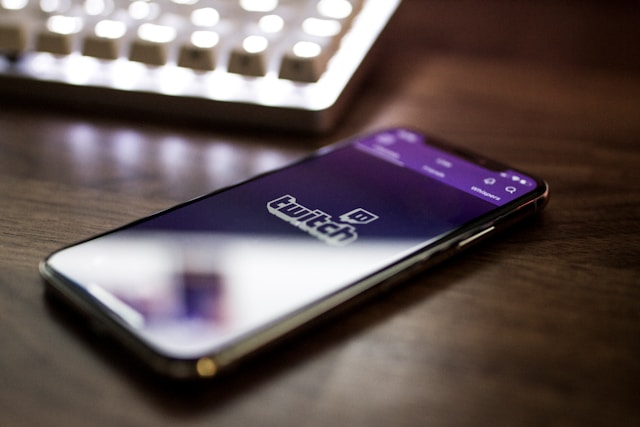The Impact of Streaming and Twitch Platforms on the Popularity of Poker
Streaming has changed the way people watch games, and poker is no different. Years ago, fans needed to find a local card room or a late-night TV show to follow their favorite pros. Now, a quick click opens a Twitch channel, and the cards hit the virtual felt in real time. Early in this wave, large e-sports audiences noticed a curious broadcast from a casino in iceland that mixed chilled music with tight poker action. That small stream hinted at a much bigger shift: digital platforms could bring a slow, strategic card game to a massive crowd. This article explores how Twitch and other services helped poker bounce back, attract new players, and reshape its future. From interactive chat rooms to celebrity streamers, every tool has added fresh energy. Parents who once worried about smoky backrooms now see clean digital tables. Teens discover math puzzles hidden inside each hand, while longtime grinders pick up tips from across the globe. Poker is still the same game, but streaming has made it louder, faster, and closer to home.
The Rise of Poker on Twitch
Many people think Twitch only hosts video games, yet the site quickly noticed poker’s potential. In 2015 a handful of professional players started streaming their online tables. At first the audience was small, made up of fellow grinders looking for strategy. Then came big names such as Jason Somerville and Lex Veldhuis. They talked openly about each decision, joked with chat, and built loyal followings. Somerville’s “Run It Up” show even partnered with major tour sponsors. Within a year viewership jumped from hundreds to tens of thousands per stream. Twitch responded by adding a dedicated poker category, spotlight features, and custom emotes. This official support told the gaming world that poker belonged among the top live content. The move sparked copycat channels in other languages, letting fans see styles from Brazil to Japan. For the first time, distance barriers vanished between amateurs and pros, pushing poker culture into a fresh spotlight.
Community Interaction and Learning
A key reason streaming boosts poker is the live chat box. Unlike television, Twitch lets viewers ask questions as the hand unfolds. Streamers explain pot odds, position, and bluff timing on the fly. This classroom feel turns passive watchers into active students. Many channels also run low-buy-in home games, where subscribers can jump in and play against their favorite host. Losing a small stake becomes cheap tuition. Beyond strategy, the social layer keeps people coming back. Regulars share jokes, celebrate big pots, and cheer each other on. Some viewers even receive on-stream shout-outs for graduating school or landing new jobs. This tight bond replaces the smoky rail with bright emotes and global friendships. As trust grows, beginners feel safe trying the game, which keeps the player pool healthy and exciting. Coaches used to charge large hourly fees; now many offer quick tips for free. That easy access lowers the wall between new and skilled players, making poker growth stronger.
Influence on Live and Online Events
Streaming does more than teach; it also advertises events. When a streamer announces a Sunday tournament, thousands of fans mark their calendars. Online sites respond by adding extra seats, bounty rewards, and custom avatars for the host. This buzz pushes prize pools to record highs. Live festivals feel the effect too. Series like the World Poker Tour now invite popular streamers to broadcast from the floor. Their chat waves pop-up emojis each time a pot is dragged, making the room lively even for spectators viewing from home. Casinos note the increased foot traffic and often run side events for online followers. Because viewers have watched the tables for weeks, they already understand rules and etiquette. This comfort shortens the gap between first-time visitor and returning regular. In turn, tournament numbers climb, and local poker economies thrive. Sponsors who once ignored poker now view it as a safe, family-friendly stream, opening fresh doors for long-term growth.
Future Trends and Challenges
While streaming has lifted poker, it also faces hurdles. One issue is real-time assistance software, sometimes called “ghosting.” If a viewer feeds hole-card advice to a player, fairness crumbles. Platforms combat this risk with short security delays and strict chat rules, yet tech keeps changing. Another concern is burnout. Streamers must entertain for hours while making tough decisions for money. Some stars step back, leaving gaps in schedules. To stay fresh, teams of moderators and editors now share the load, turning solo channels into mini studios. On the bright side, virtual-reality tables sit on the horizon. Players could slip on a headset and sit “across” from friends who live oceans away. With hand-tracking and voice chat, tells might become digital again. Regulators and industry leaders will need to write new rules, but the potential audience is huge. If handled well, the next decade could see poker as one of the most watched mind sports on Earth. For fans, the shuffle has never sounded more exciting.

